
Making smart decisions for long-term calibration success
In today’s process industries – whether manufacturing, pharmaceuticals, oil & gas, energy, or food & beverage – efficient and accurate calibration is essential. Yet, many companies still rely on outdated, manual methods or fragmented systems that slow down operations, introduce errors, and risk non-compliance. That’s why choosing the right calibration management software is a strategic investment that can save time, improve compliance, and enhance overall efficiency.
To help you navigate the decision-making process, we’ve created a comprehensive Buyer’s Guide to Calibration Management Software. This guide takes you through the essential steps of evaluating your needs, comparing solutions, and ensuring the best return on investment. In this blog, we’re sharing a quick summary of what you’ll find inside.
What’s inside the Buyer’s Guide?
This comprehensive 37-page PDF guide covers things you need to know when evaluating calibration management software and vendor, including:
1. Why Calibration Management Software Matters
Calibration ensures that your instruments remain accurate, reliable, and compliant with regulatory requirements like ISO 17025 and FDA guidelines. Manual calibration tracking can be inefficient and error-prone, while software solutions automate these processes, improving traceability and data integrity.
2. Key Considerations When Choosing Calibration Software
Selecting the right software isn’t just about checking off features. The guide walks you through how to:
- Define your organization’s specific calibration challenges.
- Choose between cloud-based vs. on-premises software solutions.
- Assess scalability and flexibility to ensure long-term usability.
- Evaluate cost considerations, including hidden costs like training and maintenance.
3. Critical Features to Look For
The best calibration management software should include:
- Automated calibration scheduling to prevent overdue calibrations.
- Integration with documenting calibrators to streamline workflows.
- Advanced reporting & dashboards for audits and compliance.
- Mobile access for field technicians to update records in real-time.
- Industry-standard compliance features, such as electronic signatures and audit trails.
4. Vendor Evaluation: Choosing the Right Partner
Beyond the software itself, the vendor’s expertise and support are crucial for a smooth implementation. The guide helps you assess:
- The vendor’s industry reputation and experience.
- The availability of customer support and training.
- Their commitment to updates and future innovations.
- How well they can assist with change management in your organization.
5. Implementation Best Practices & Common Pitfalls to Avoid
Even the best software can fail if not implemented correctly. Our guide includes practical steps for:
- Engaging key stakeholders early in the decision process.
- Running a pilot program before full deployment.
- Training employees to ensure adoption.
- Avoiding common mistakes, such as neglecting system integration or underestimating user resistance.
6. The Beamex Calibration Ecosystem: A Complete Solution
At Beamex, we provide a fully integrated calibration ecosystem that combines software, hardware, and mobile applications to ensure a seamless calibration process. Whether you’re looking for an on-premises solution like CMX or a cloud-based option like LOGiCAL, we help you find the right fit for your organization.
Download the Buyer’s Guide
If you’re evaluating calibration management software, our Buyer’s Guide is a must-read. It will give you a clear roadmap to making an informed decision that aligns with your business goals.
Download the Buyer's Guide by clicking the image below:
Need personalized advice? Talk to our experts to find the best calibration solution for your organization.

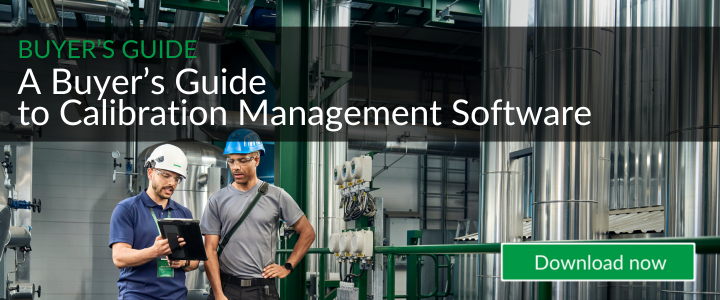
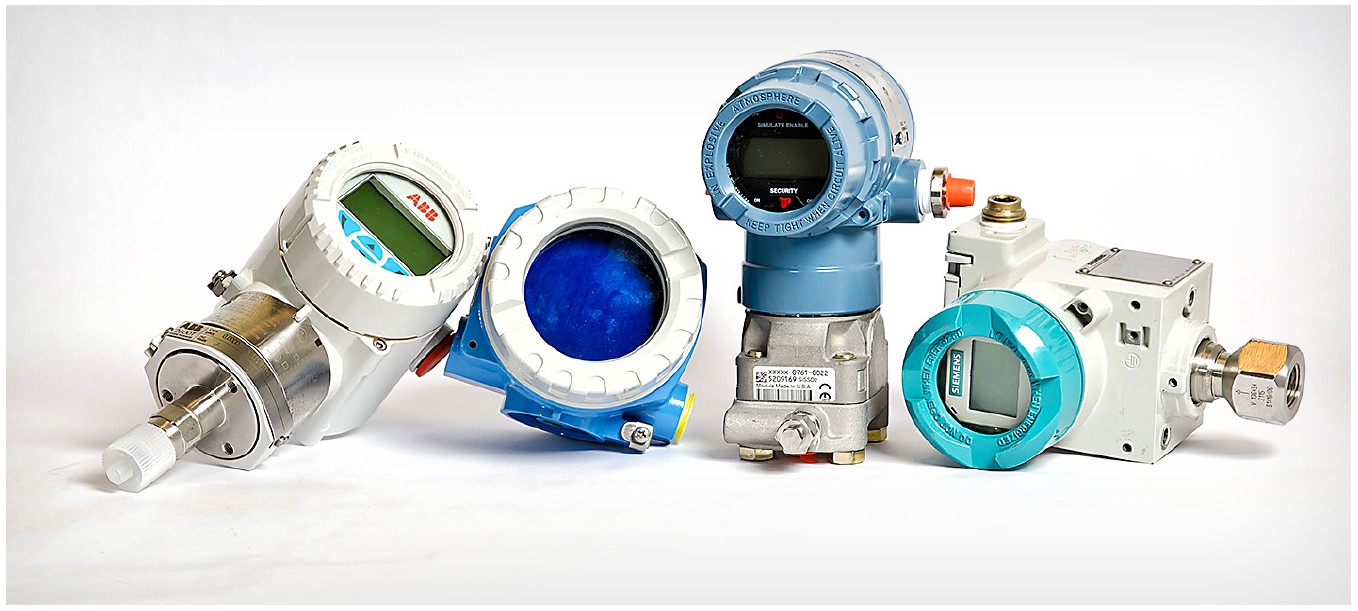
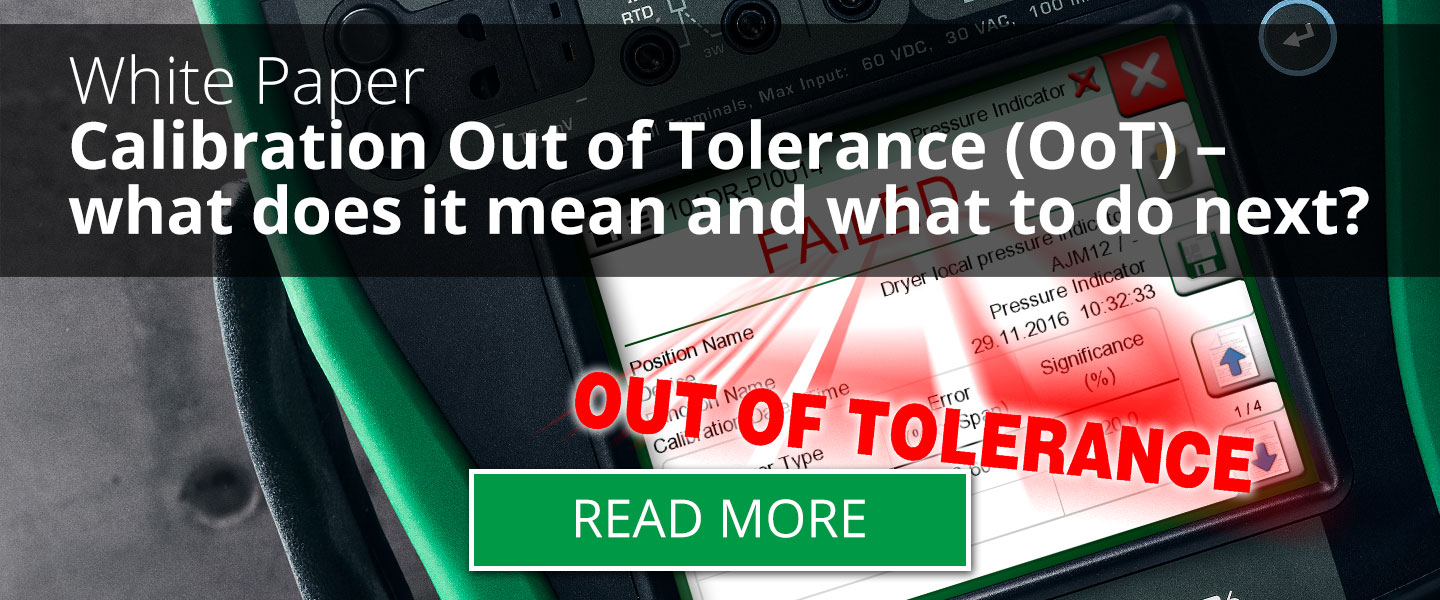

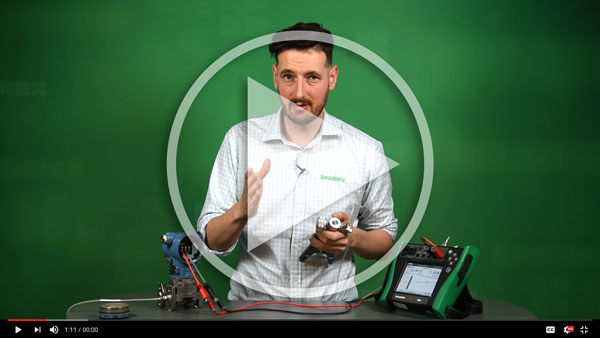


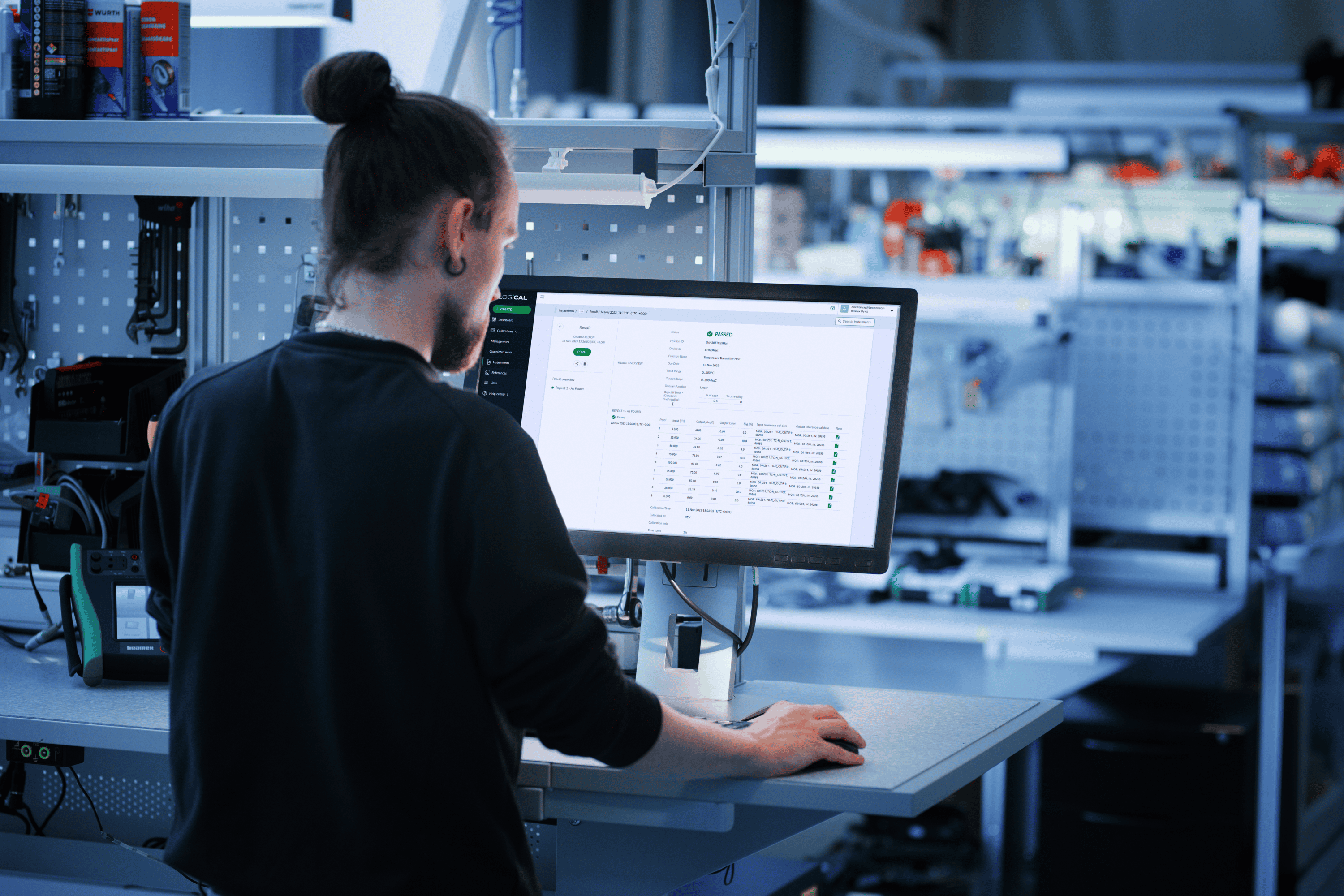
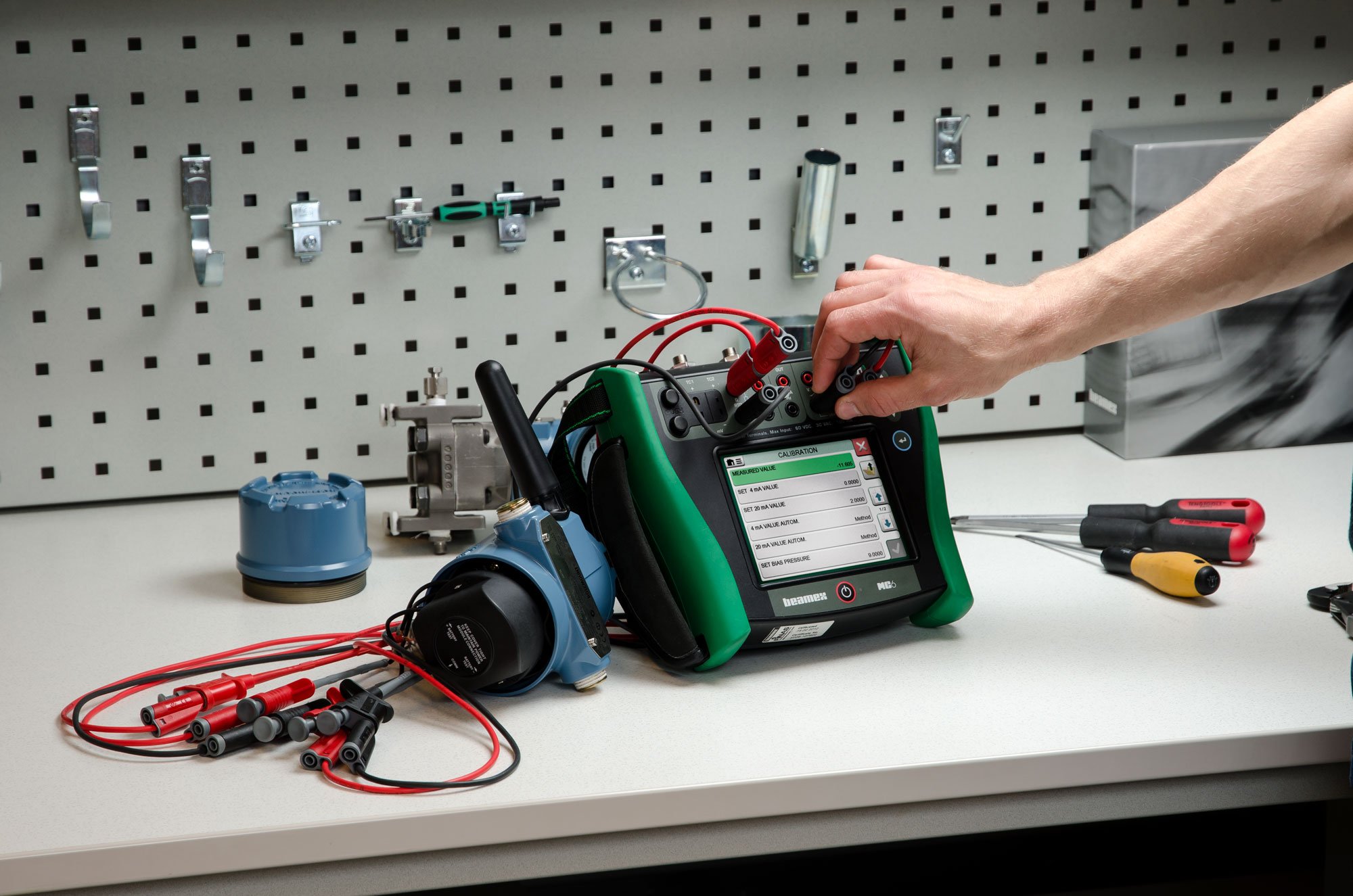
.png)


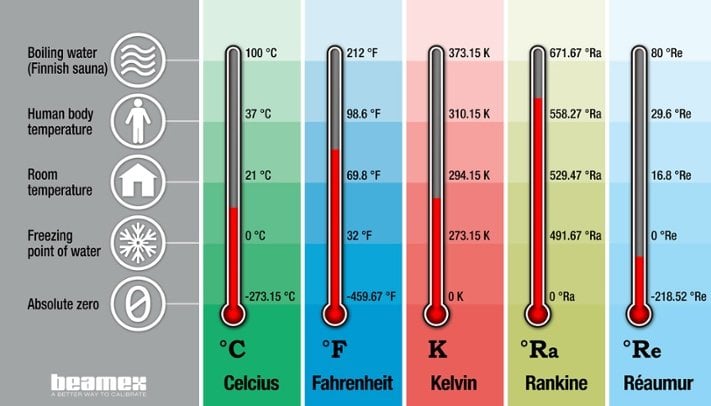

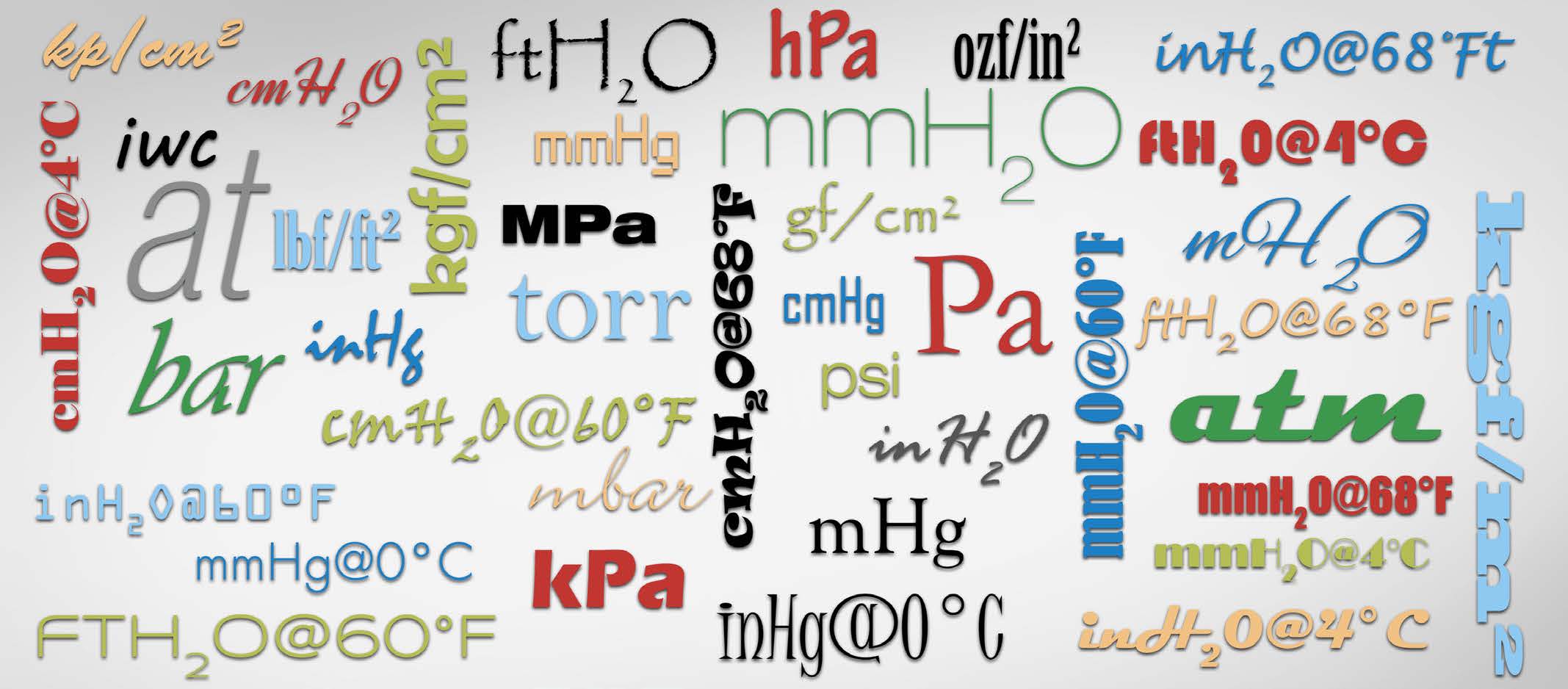
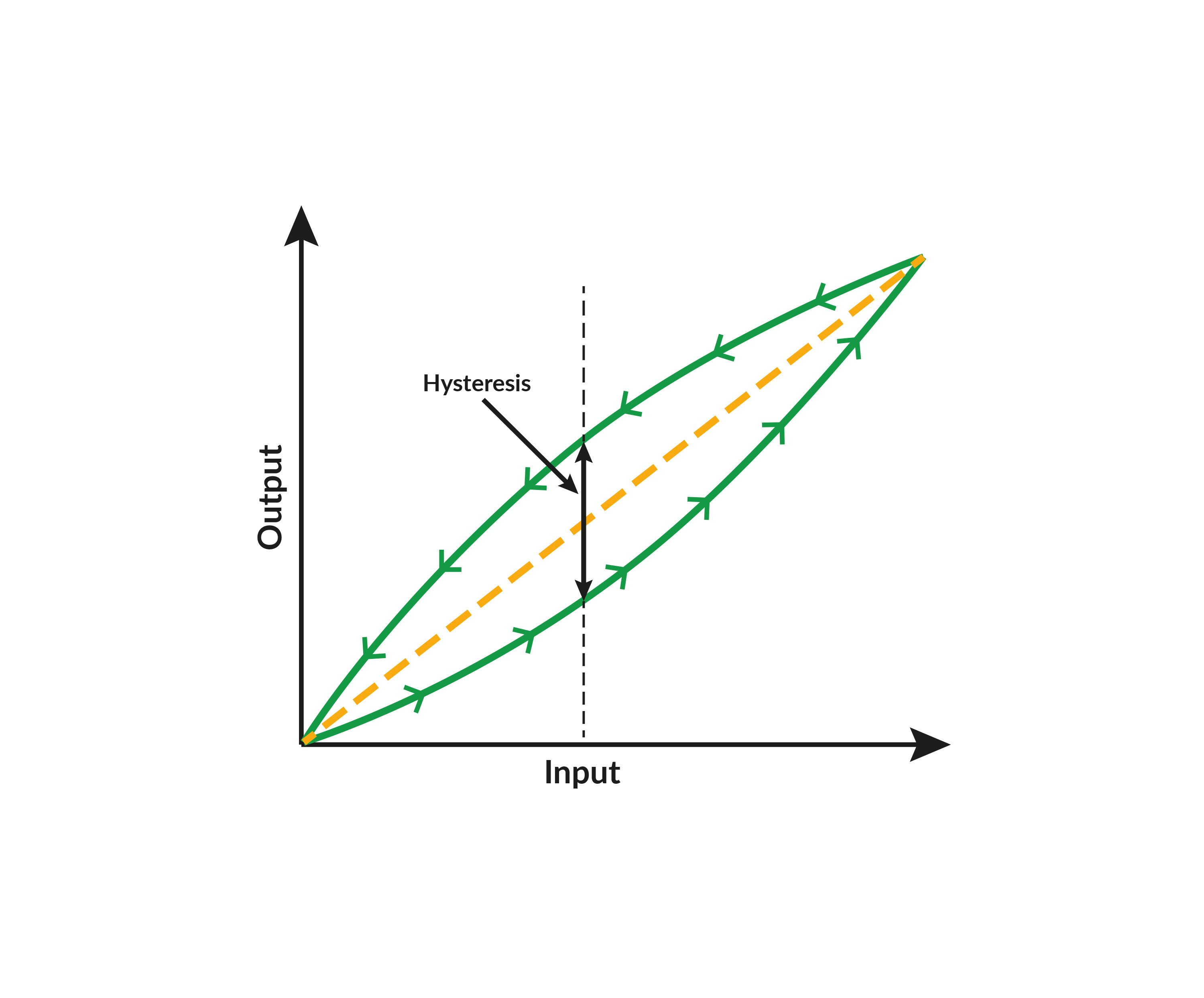
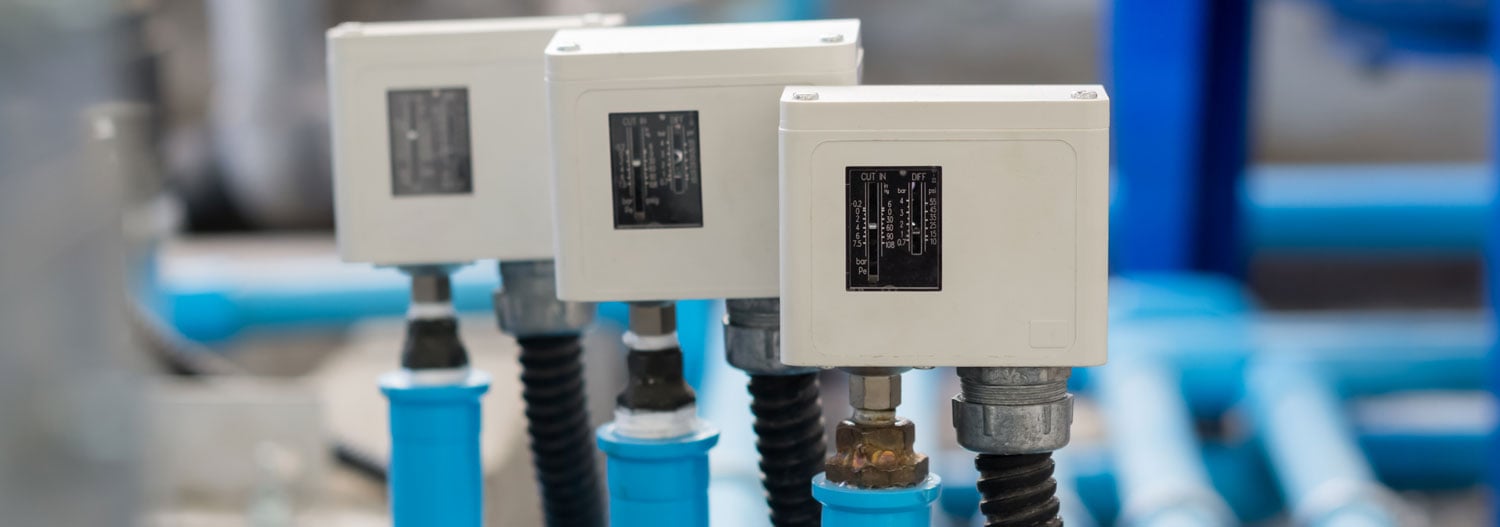
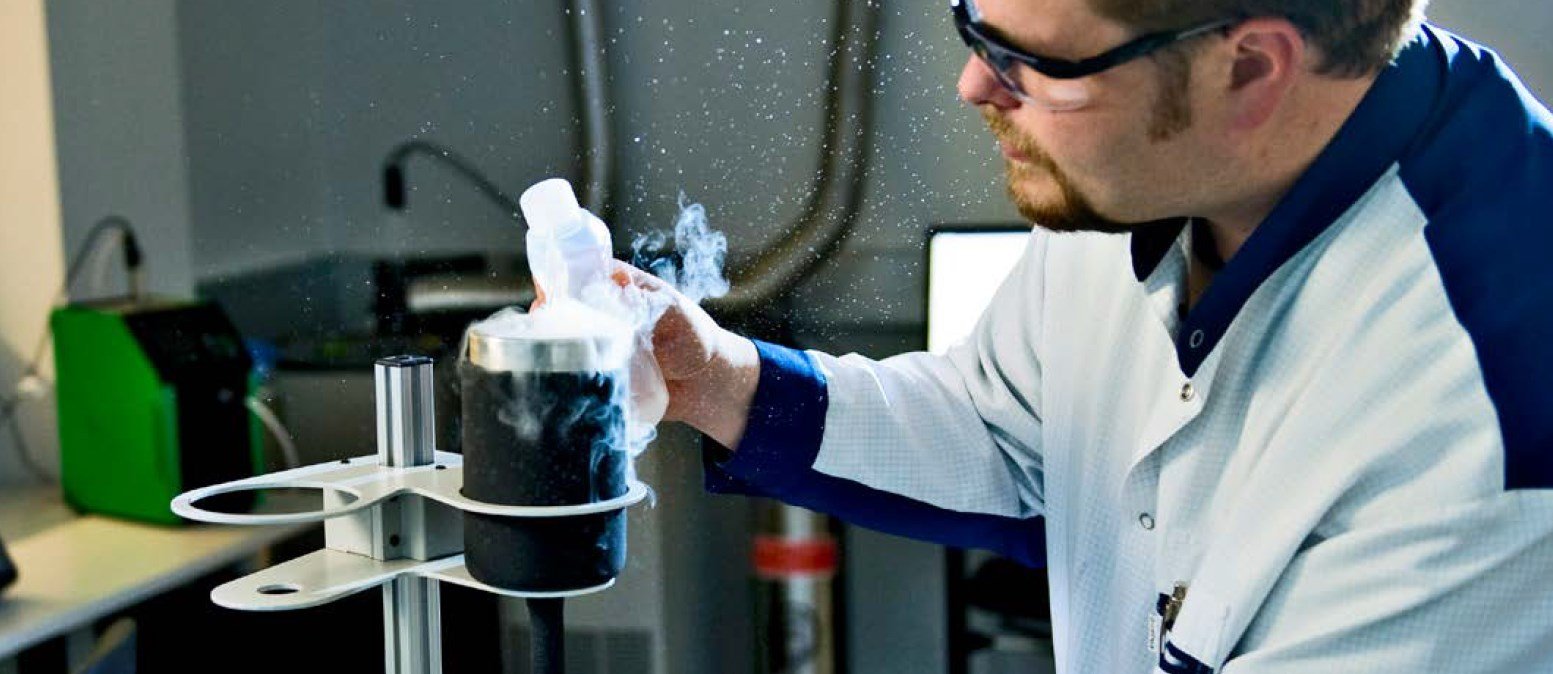
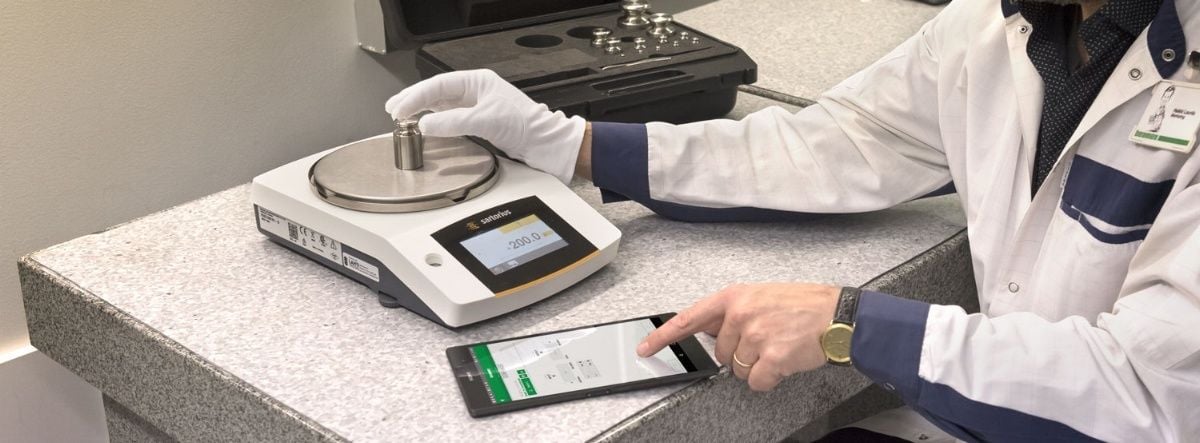
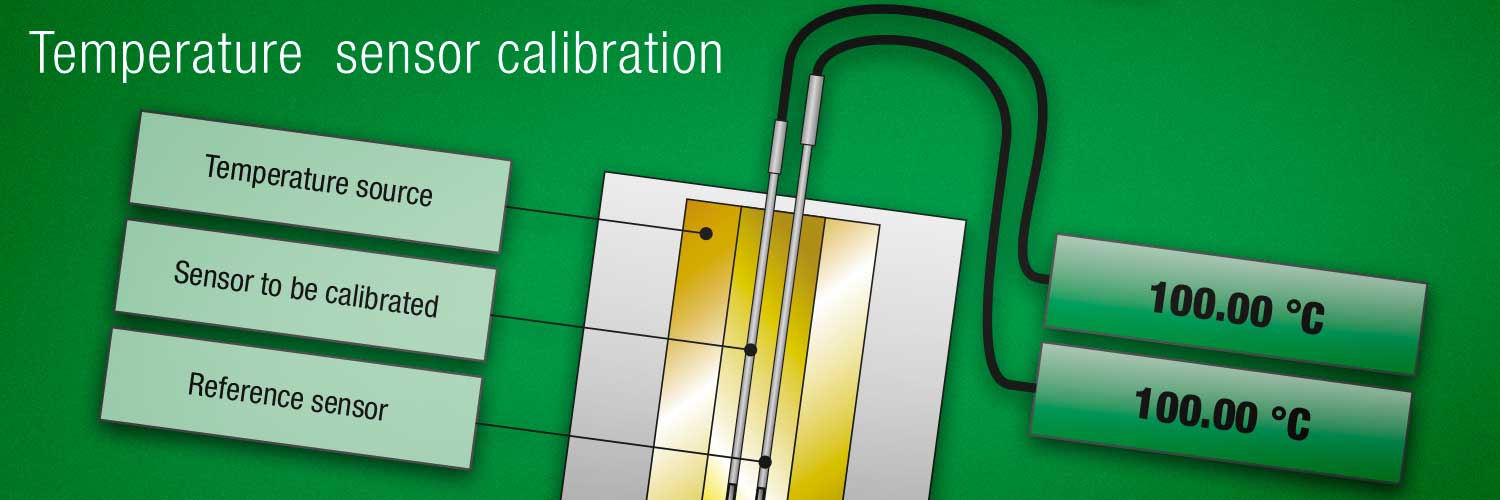

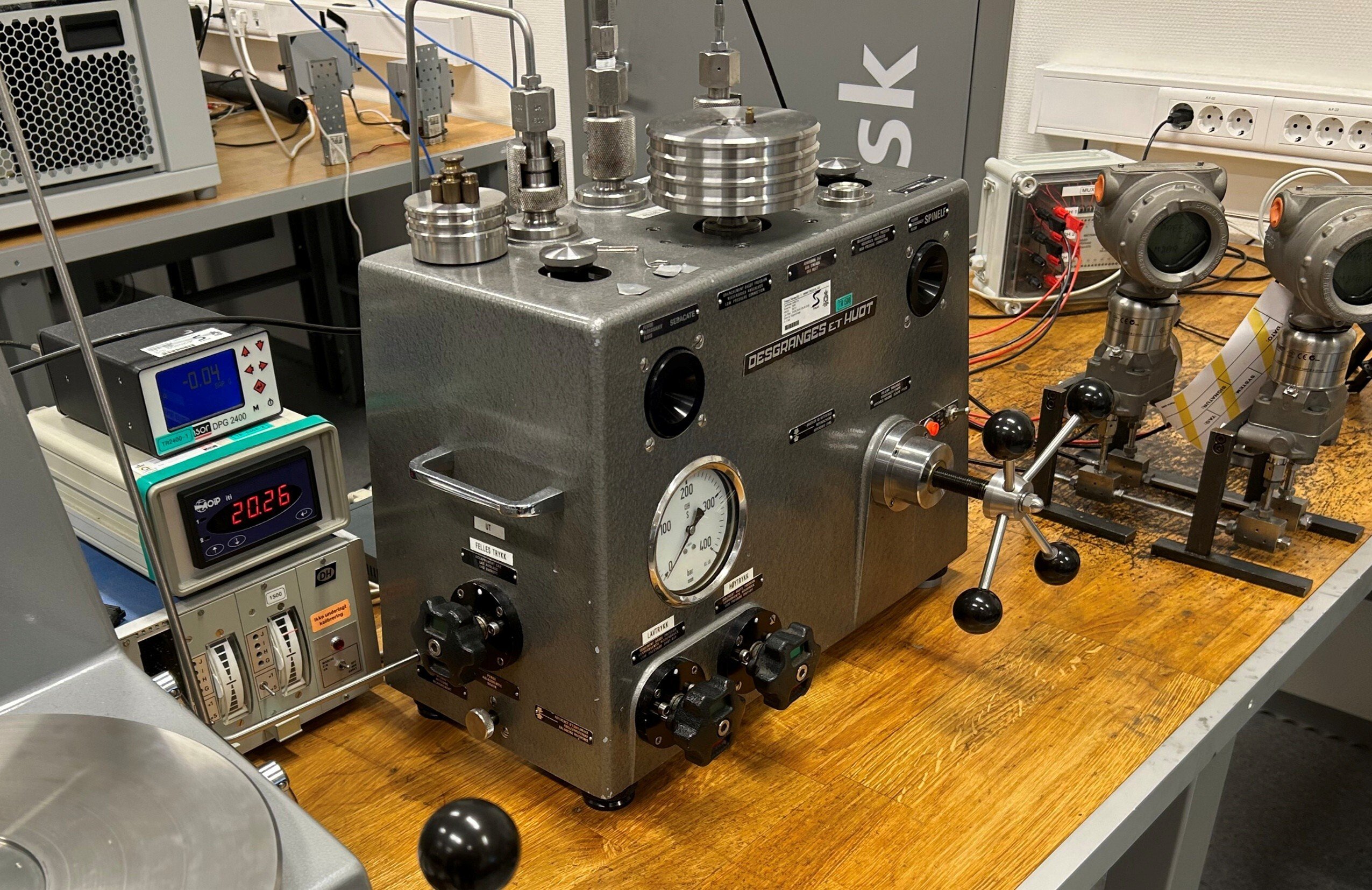
.jpg)
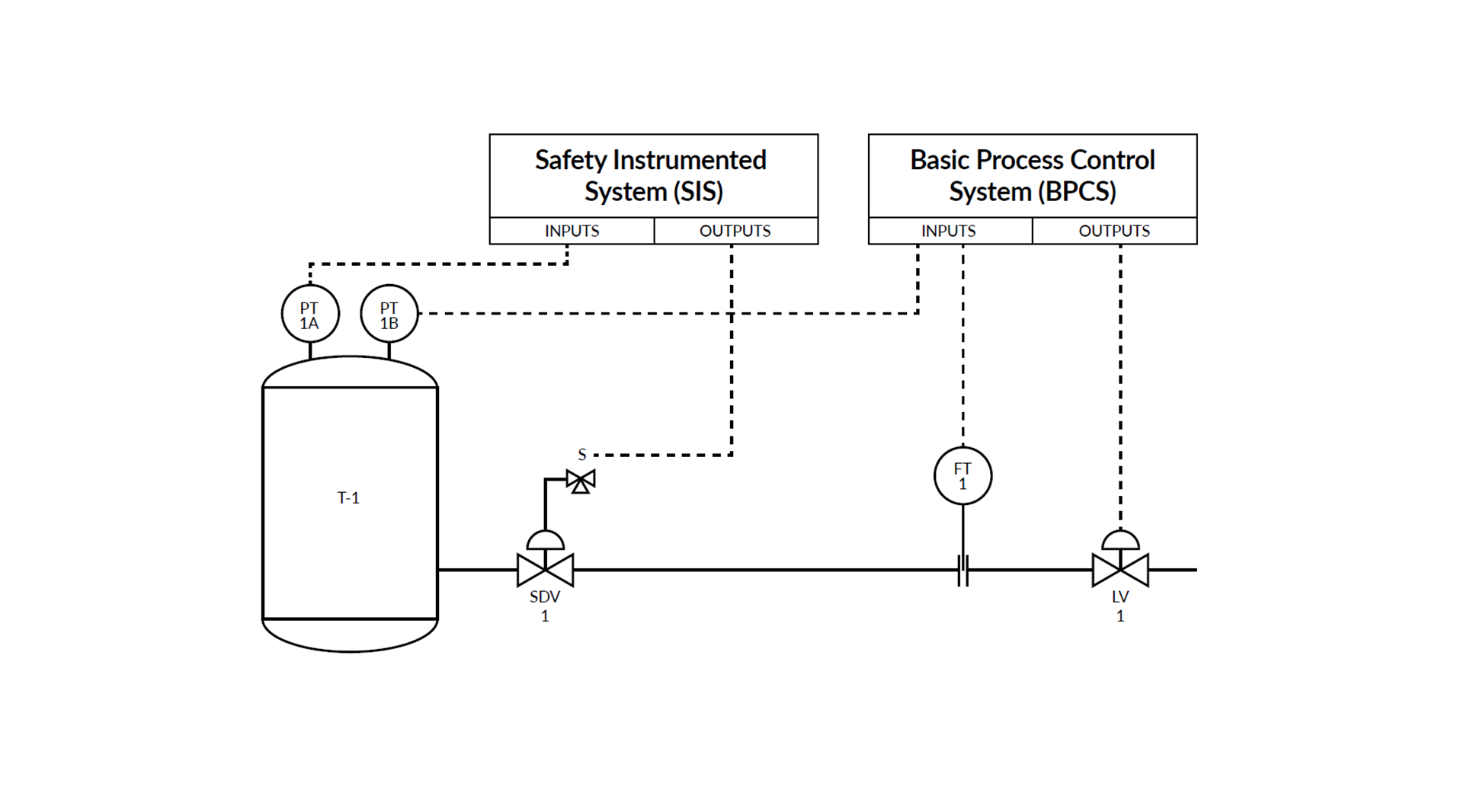

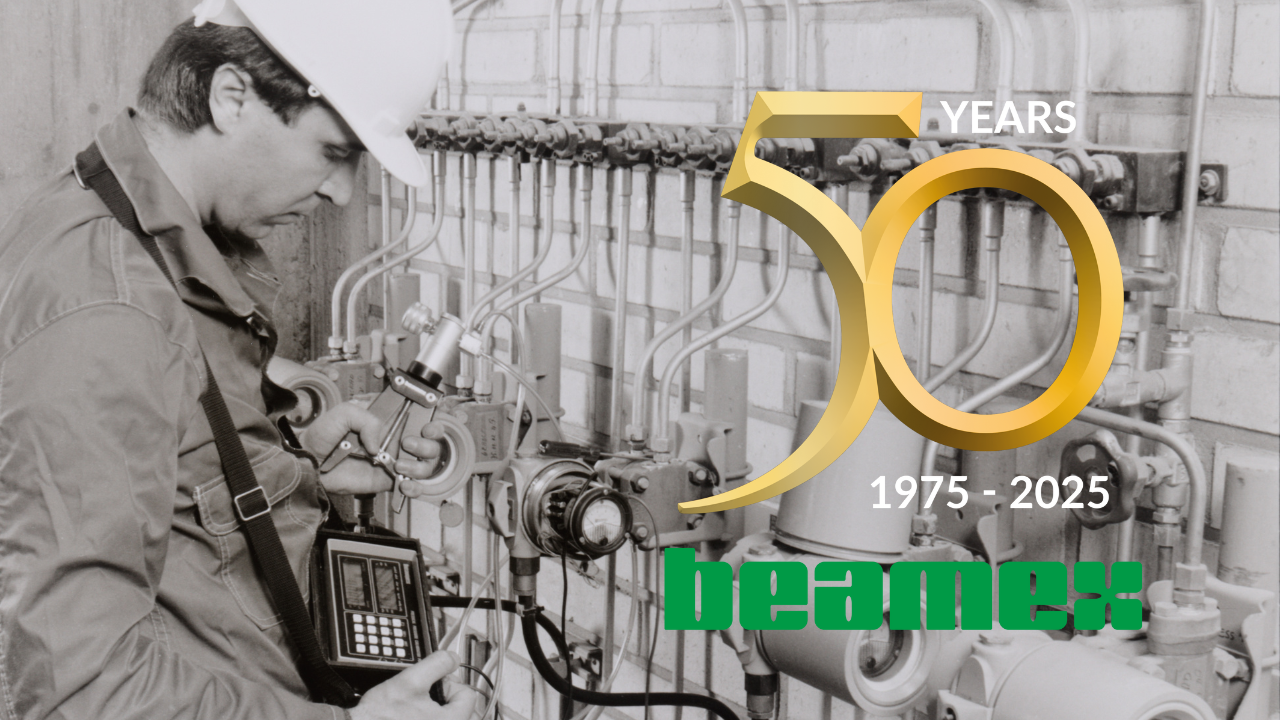

.png)
.png)
Discussion